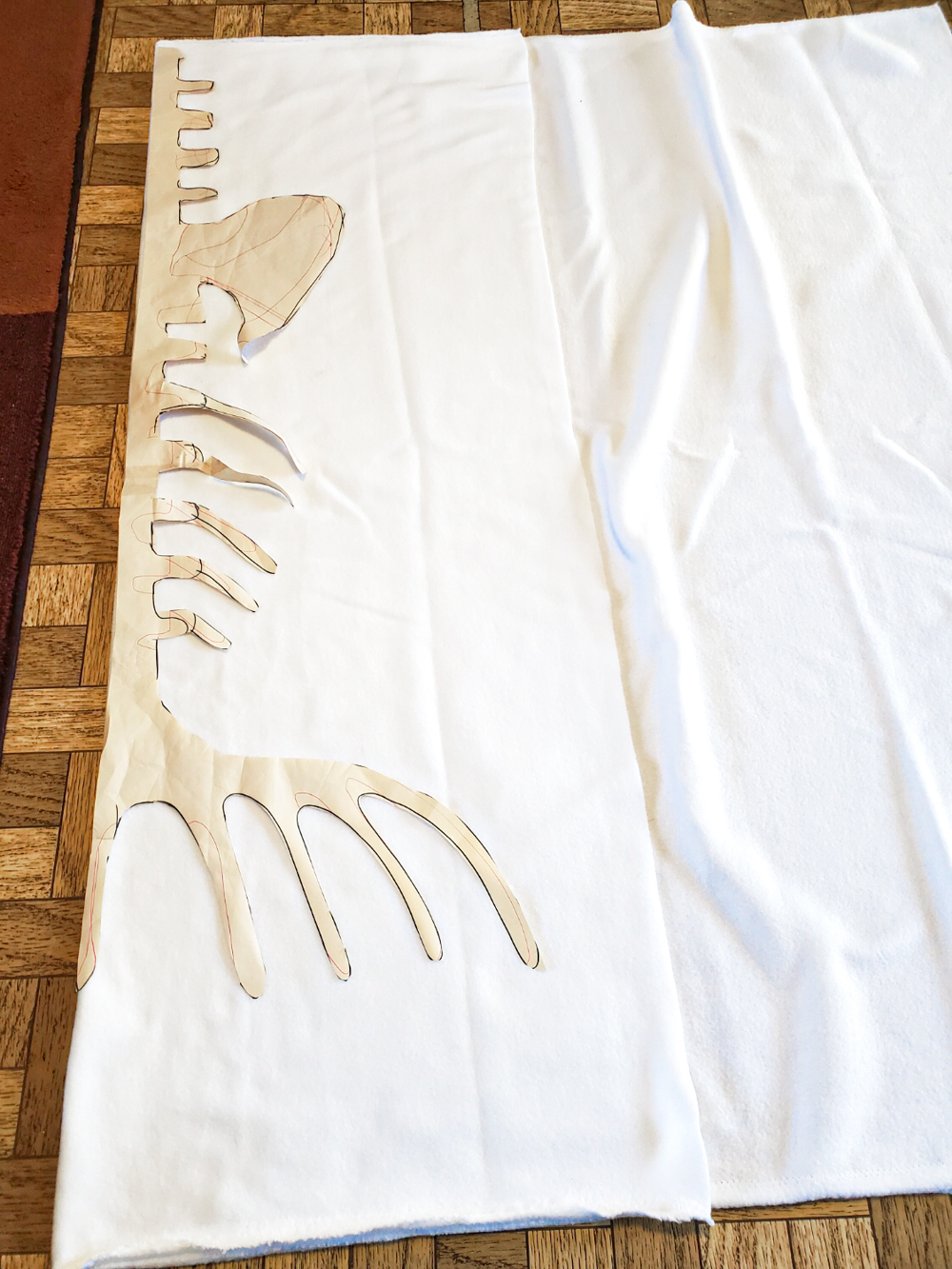.jpg)
Matt refers to this as "mission creep."
My original objective was to make my baby niece, who likes cars, a simple little roll-up road play mat.
Then I got left at home alone for too long, started a five-hour podcast about a school group that got stranded on Mount Hood, and things... got out of hand.
This is the Fishing Net quilt pattern. I'm not proud of my visual design sense (although I do think it's improved over the years), so thank goodness that one of my kids has a GREAT visual design sense and the patience to hold my hands and reassure me as I continually disturb her to ask things like, "Would it be weird to have some black roads and some grey roads?" or (holding up several coloring pages of this quilt pattern that I have filled in with crayon) "Do you like the way I colored it here better, or do you like this one better? Or this one?"
She liked the alternating grey and black roads better, so that's the way I started planning it!
.jpg) |
| I DID iron all my fabric, but animals kept lying down on my layout and then the robot vacuum got into it, as well. |
Syd was also required to look at every piece of flannel that I own and help me come up with believable prints and colors for a road map, then lay them where they ought to go:
Here we have a park, two neighborhoods, two construction zones for the epic mini Tonka trucks I bought her, and a ginger cat without a thought in his head:
Now I've added a couple of rivers, a couple of parking lots, a dino dig site, and an ocean:
And now I've got everything!
I was actually just finishing cutting out the pieces for this quilt as Matt and Will pulled into the driveway, home from Peru. Neither of them are big communicators, especially when they travel, so imagine my surprise when instead of coming straight in for hugs and celebrations and snuggling on the couch, Matt backed away from me when I met them on the driveway and asked for a COVID test.
And then imagine how I felt when both their COVID tests were so chock-full of COVID that they pulled up that dreaded second line right away. By the time the fifteen-minute timer actually went off, I'd already partitioned off part of the house, fetched the air mattress and extra sheets and towels, and was busy sobbing quietly to myself in the bathroom.
Friends, let's follow
Grandma's on the Roof rules with your loved ones: if you're traveling and wearing your mask like a baller but have to take a six-hour bus ride with some maskless stranger wetly coughing behind you the entire time, maybe just, you know, go ahead and tell your loved one at home that. And then a couple of days later, when you're finally heading home and you arrive at the Chicago airport and you've got just a four-hour drive ahead of you and you start thinking, "Huh, I'm starting to feel kind of crappy," maybe just shoot your loved one a quick text along the lines of "Hey, feel like shit, COVID tests on the driveway before hugs!" That way your loved one, who's barely seen two sentences in a row out of you for the past two weeks and misses you a LOT, can, you know, modulate her excitement with some fair warning.
I mean, hypothetically.
ANYWAY, you know what spending the entire next day after a huge disappointment disassociating from your sadness does for you?
It makes you SUPER PRODUCTIVE!
The instructions had me piece big triangles as if they were log cabin quilt blocks. It was a little tricky to wrap my head around, but I only had to pull out the seam ripper once, so yay for me!
So then the quilt actually comes together as four big triangles, with that one road that runs corner to corner pieced last as a sash:
Especially considering that I wasn't really able to picture how it would look pieced, even with all the pieces laid out (darn my visual-spatial thinking deficits!), I am SO happy with how this road map quilt top turned out!
My next visual-spatial reasoning challenge is to add just enough applique road map embellishments to give a hint as to the purpose of each different part of the map, without having the embellishments look tacky or ugly or overwhelming or too restrictive.
.jpg)
.jpg)
.jpg)
.jpg)
.jpg)
.jpg)
.jpg)
.jpg)
.jpg)
.jpg)





































